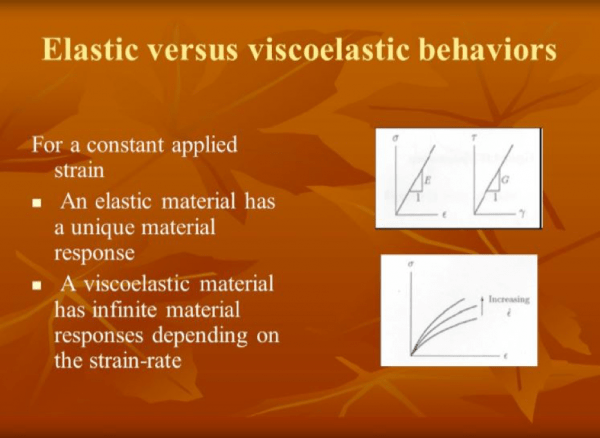Assemblies are utilizing more dissimilar surfaces as OEM manufacturers seek to reduce weight, cost, and improve performance such as traditional joining methods include mechanical fasteners, liquid adhesives, and various welding techniques. They all have their benefits and in many cases, it’s simply a matter of being more familiar with one method over another. However, manufactures should also consider the advantages of tape bonding for dissimilar surfaces.
What Surfaces Can Tape Bonding Be Used On?
Using pressure-sensitive tapes as an assembly method permits the manufacturer to consider a large portfolio of materials that can be joined including:
- Plastics
- Metals
- Foams and elastomers
- Glass
- Fabrics
- Laminates and composites
The comment we hear most frequently from individuals and companies that have tried tape bonding is how quick and easy it really is. There’s no doubt that speed and ease of use are two important benefits but there are other benefits too:
- No mess
- Consistent bond line and thickness
- No specialized tools needed in most cases although automatic tape applicators and dispensing equipment for high speeds and throughput are available
- Improved aesthetics- surfaces stay smooth and refinishing steps are usually avoided
- Thinner and lighter materials can be utilized where traditional fastening techniques simply won’t work
Tape Bonding Performance
Tapes can be easily matched to the substrates and stresses needed in the finished parts. These bonds can be permanent or even repositionable in some cases.
The surface energy, roughness, and geometry all play a part in selecting the right tapes for the job as well as the environment to which the tape will be exposed.
Aside from ultimate bond strength, one of the most important characteristics of tape products, especially foam bonding tapes and unsupported transfer adhesives is viscoelastic behavior.
This is a bit of a technical subject but in simple terms, the adhesive or tape can “move” and remain flexible when subjected to stresses. This “movement” means that substrates that have different coefficients of thermal expansion will remain bonded as the tape moves along with materials. Think of an insulated glass unit or a metal architectural panel that is bonded to framing system. The heat of the day time and the coolness of the evening temperature fluctuation will cause the glass and metal to move at different rates. Tapes can easily accommodate that swing in temperature and the associated movement.
Tape can also handle sudden or dynamic loads with similar results. Think of a sudden gust of wind or a shock as a truck trailer hits a pothole going down the highway. That “shock” is dissipated along the entire bond line and not concentrated on a weld, rivet, or screw.

But that’s not all. A tape can also act as barrier. Some substrates can interact with another. This is common in dissimilar metals such as aluminum and steel. Put a tape between them and the tape prevents the galvanic corrosion that will occur if they contact each other.
Learn more about the advantages of tape bonding with Tom Brown, Inc.
Assembly with tapes has many advantages. Tapes can do more than most people think and provide strong, reliable, and flexible bonds. Want to know more about how tapes can solve your bonding challenges?
Contact Tom Brown, Inc. today!
 But that’s not all. A tape can also act as barrier. Some substrates can interact with another. This is common in dissimilar metals such as aluminum and steel. Put a tape between them and the tape prevents the galvanic corrosion that will occur if they contact each other.
But that’s not all. A tape can also act as barrier. Some substrates can interact with another. This is common in dissimilar metals such as aluminum and steel. Put a tape between them and the tape prevents the galvanic corrosion that will occur if they contact each other.

